The Syllable Series Part Three: The R Controlled Syllable
Welcome back! This is part four in my six-part syllable series. In this part, we‘ll explore the r-controlled syllable! I am having so much fun sharing this information about syllables with you!

A few quick reminders:
- If you are new to this series: Please read part one by clicking here and part two by clicking here.
- To follow along with this series, please download a chart I created on the six syllable types by clicking here. It spells out CLOVER. Each letter in CLOVER stands for a syllable type but is NOT taught in that order.
- I am blogging in the order the syllable types should be taught, so just follow along and you’ll see how I do it.
Intro to the R-Controlled Syllable
Think back to when you were a kid. I was the youngest of three so I was bossed around quite a bit by my older sister. (Don’t worry. She doesn’t do that anymore (we’re actually very close.) Having a bossy older sis meant that if ANYone tried to boss me around when we were playing either in my neighborhood or school playground, I would steer clear. Who wanted to be bossed around by a friend when you got plenty of that at home? Bossiness was my least favorite character trait as a child.
What does all this talk of bossiness have to do with r-controlled syllables?
Years ago at the beginning of my journey in working with dyslexic children and multisensory instruction, I was trained in Project Read Phonology. This was before my formal OG training. When we got to the syllable types, we called the r-controlled syllable the ‘Bossy R’. Does anyone remember the Bossy R? We had a picture of the letter r appearing to bark at the vowel that preceded it. It had a mean face and it sure looked bossy.
What is the r-controlled syllable?
This definition has several layers to it. I’m going to explain it and then discuss something called frequency. R-controlled vowels are all the vowels with an -r. We have ar, or, ir, er, and ur. Ear and our can also be included. The vowel preceding the r does not make its typical short or long sound so we say the r is controlling (or bossing) the vowel by making it say a new sound. (Hence, the bossy r story.) Some of the r-controlled vowels have more than one sound.
The sound of er (I’ll shorthand it and write it as er sometimes, just so you know.) can be spelled er, ir, or ur. There’s no hard and fast rule for kids to know which one to use when spelling so that is where frequency comes in handy. There is a frequency in how often words with the er come up in the English language.
- The most frequent spelling for er: er
- Fairly frequent spelling for er: ir
- The least common spelling for er: ur
Knowing that there is a frequency has helped my students a great deal.
Quick Tip: Some people like to make up an easy sentence to help kids remember the frequency. If you have a good one, please share in the comments!
Where it gets tricky…
Now the tricky part with some r-controlled vowels is that some may have a schwa sound. Words with or like in doctor can have the er sound. Words with ar can have a long sound like marry or schwa like dollar. Please note: I am NOT getting into schwa sounds in this post. For some strange reason people hear schwa and it strikes fear in the hearts of many, or it’s downright confusing to them. Schwa sounds are a whole new can of worms, but don’t worry! It will come up in a future post, so stay with me!
Let me emphasize that we want students to be able to recognize the r-controlled syllable when they read.
- They should know how to break it down.
- Syllabicate it.
- Read it. That will assist with spelling strategies and build reader confidence and success.
How I teach this syllable type: Marking Syllables
One of the methods I use for teaching r-controlled vowels is marking syllables. It is a way of bringing students’ attention to letters, sounds, and syllables using diacritical marks above and below the letters in a word. Some may see this as a tedious task at first. It is a methodical and careful process, but one that does not have to be done for every word. It is a very useful exercise for breaking words apart into syllables. Marking syllables becomes a routine. It becomes imprinted so well, that when I student goes to read an unknown word in a book, they look at a word critically by picturing the diacritical marks in their head. Believe me. I even do it when I read an unknown word sometimes.
In the following pictures, I show the steps for marking words with r-controlled syllables. I realize I have jumped into marking syllables within part three without going over it in prior posts. If you are new to this process, please try not to get overwhelmed. The pictures will show how to do it with single-syllable words. I promise to devote more time to using diacritical marks with multi-syllabic words when I get into my rules for the syllable division series. Haven’t started that one yet, so I hope you’ll join me when I do!
I introduce one r-controlled vowel at a time. I start with ar as in car. After I use my multisensory methods to introduce it, I practice marking syllables with other ar words. Take a look at the steps below.
I know some teachers have students follow these steps using a different color as they mark the letters. However, I like doing it on a whiteboard with just a few words. I do NOT have my students go through a list of 20 words and mark each one. Five at a time is a good starting point. Once they know how to mark single-syllable words, they’ll be ready for multi-syllabic words and this is where it helps with decoding and encoding. More on that later.
I continue my practice of r-controlled syllables with plenty of repeated practice but in a variety of multisensory formats that I have mentioned in earlier posts. See the first paragraph for links to the others. As a reminder, having controlled text with lots of r-controlled words will provide the fluency practice a struggling reader needs to succeed at this syllable type. Reading and writing successfully, by independently using efficient decoding and encoding strategies is the ultimate goal.
Learn more! Read R-Controlled Vowels: Strategies for Spelling /er/.
Multisensory Practice
In keeping with the integrity of Orton-Gillingham, I must remind everyone that one of the reasons why OG is so effective is because it is multi-sensory. So please keep your activities multisensory. This means engaging at least three senses within an activity to build a strong connection in the brain. Aim for visual, auditory, and kinesthetic. A bonus is tactile. Tapping out sounds, sliding plastic counters into Elkonin boxes, tracing in sand, skywriting, and magnetic letters are all ways you can create a multi-sensory learning experience. Just be sure children are vocalizing sounds and letters during all of these activities. They are seeing it, hearing it, touching it, and/or writing it, every time.
- Wondering why multisensory instruction is SO important? Read here.
- Looking for materials to support multisensory instruction? Find them in my store here.
R-Controlled Syllable Activities
Are you looking for engaging and meaningful R-Controlled vowel resources for phonics intervention and practice? This Orton-Gillingham BUNDLE has everything you’ll need to teach R-Controlled Vowels. Students will LOVE these phonics worksheets, phonics games, and phonics activities.
Grab this resource in my TpT store!
You can also use this syllable-type resource to teach r-controlled vowel syllables. I created it to teach an introduction to r-controlled vowel syllables with one and two-syllable practice. It is compatible with Orton-Gillingham activities, dyslexia intervention or other reading intervention programs. It can also be used in a 1:1 setting, small group, or even whole class.
Grab this resource in my TpT store!
Do you have a fun way to teach the r-controlled syllable type? I‘d love to hear about it in the comments below!
- Read the whole Six Syllable Types Blog series.
- Read Helpful Strategies For Syllable Division for more syllable practice tips!
- For teaching materials to teach the syllable types, look here!
Are you looking for a list of words to use in your Orton-Gillingham lessons? Word List Builder has got you covered!
Save time searching for words to use in your lessons! Create customized and meaningful review, build your folder of words, create templates and games, and much more in Word List Builder.


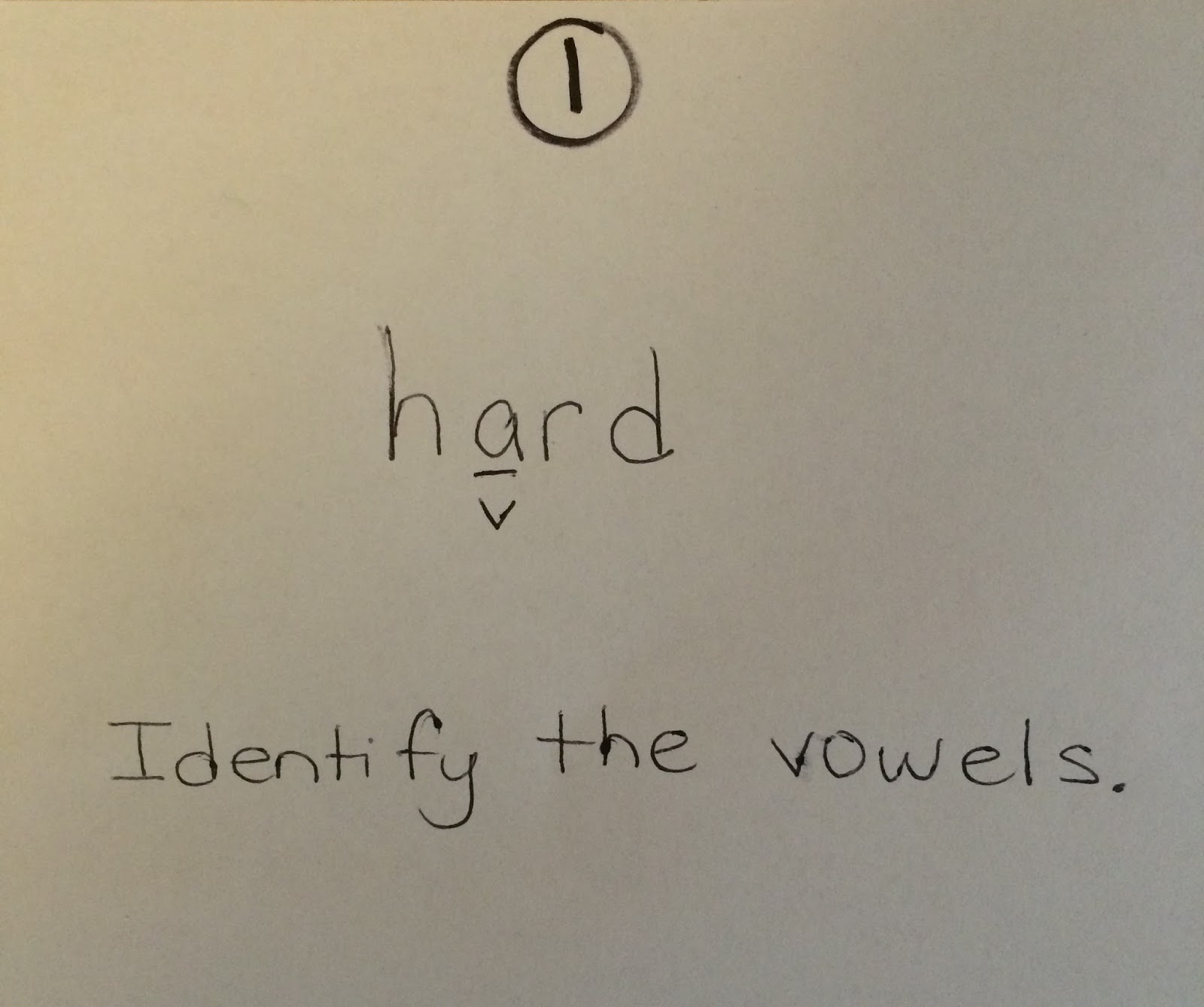
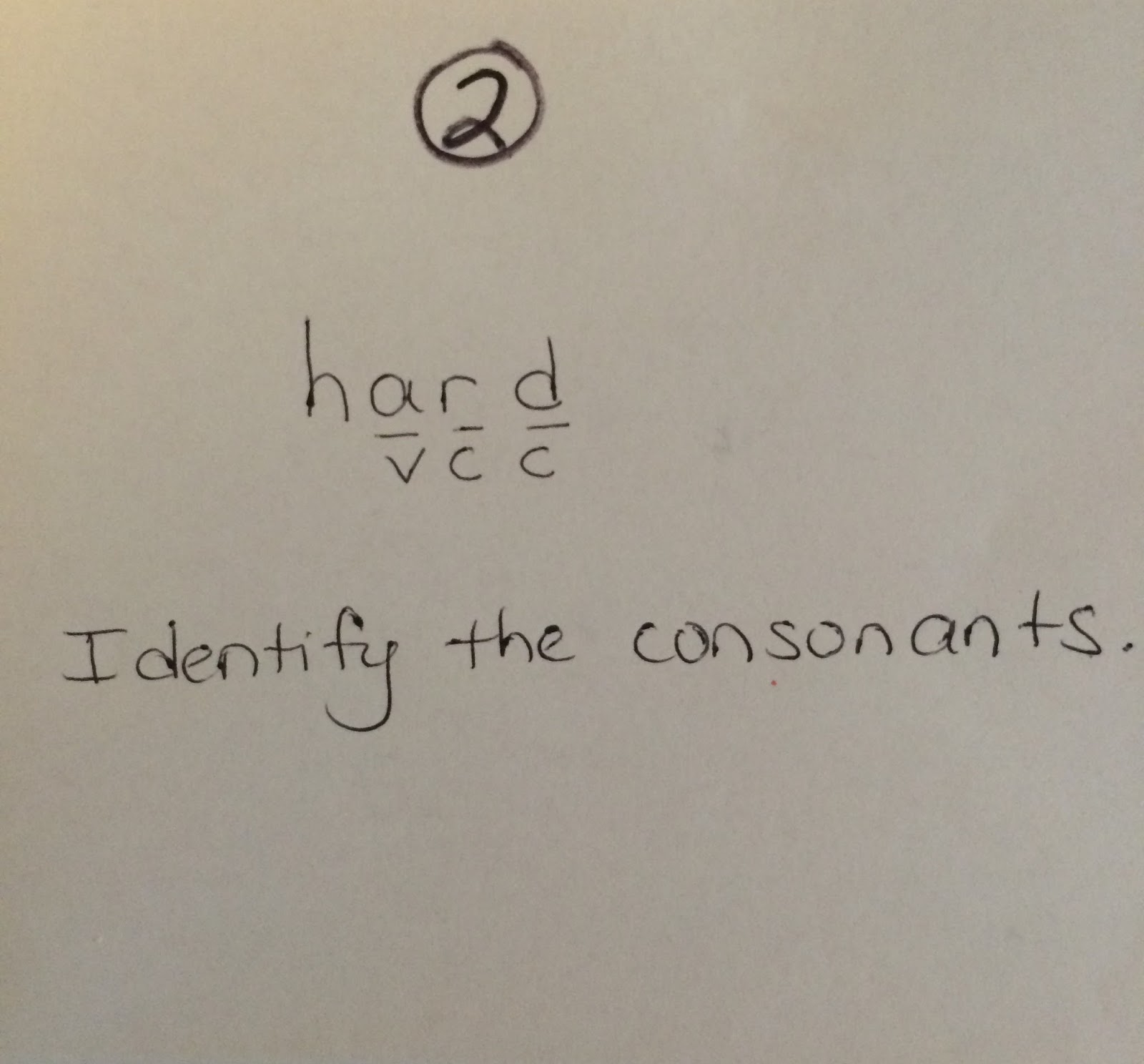
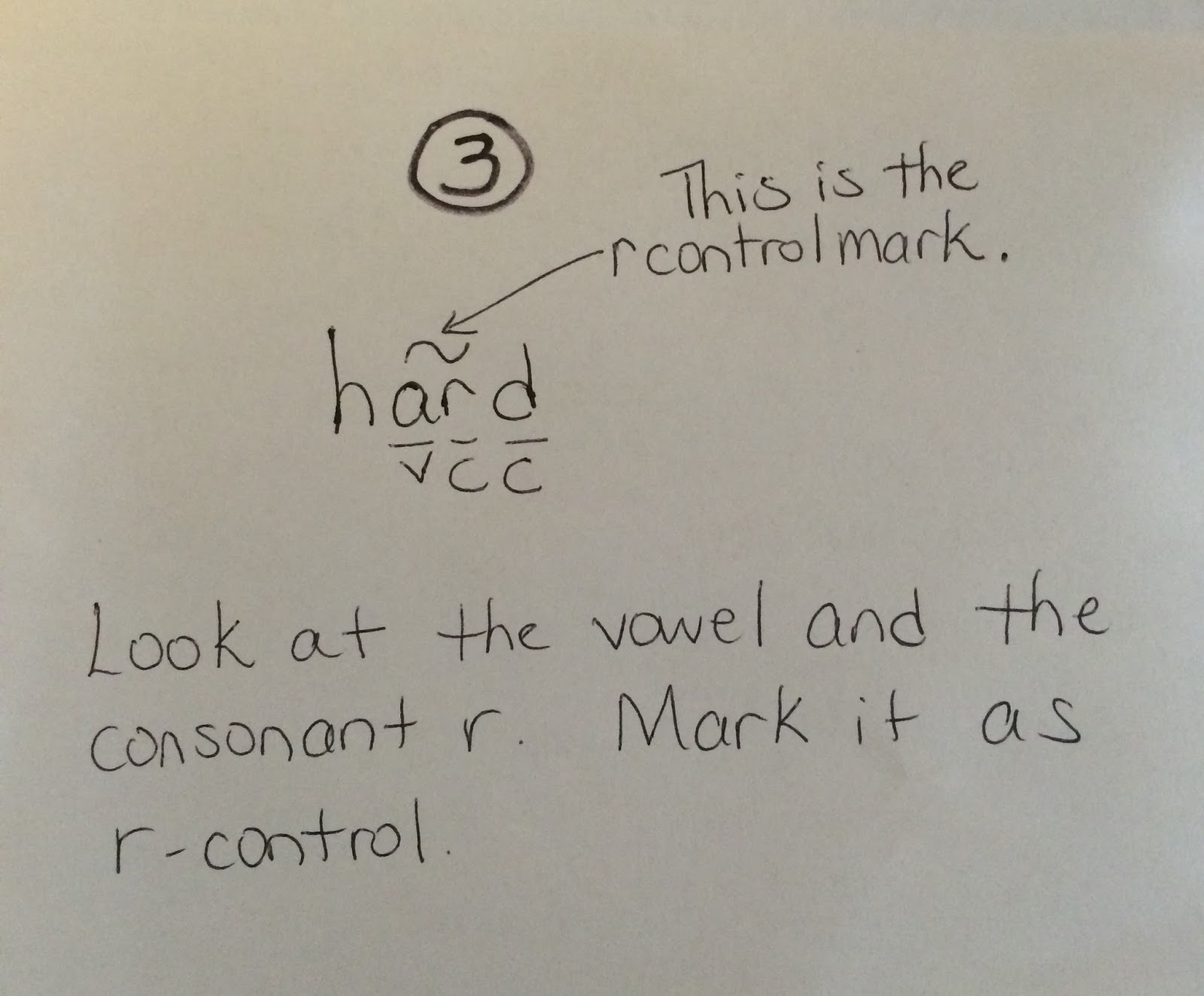
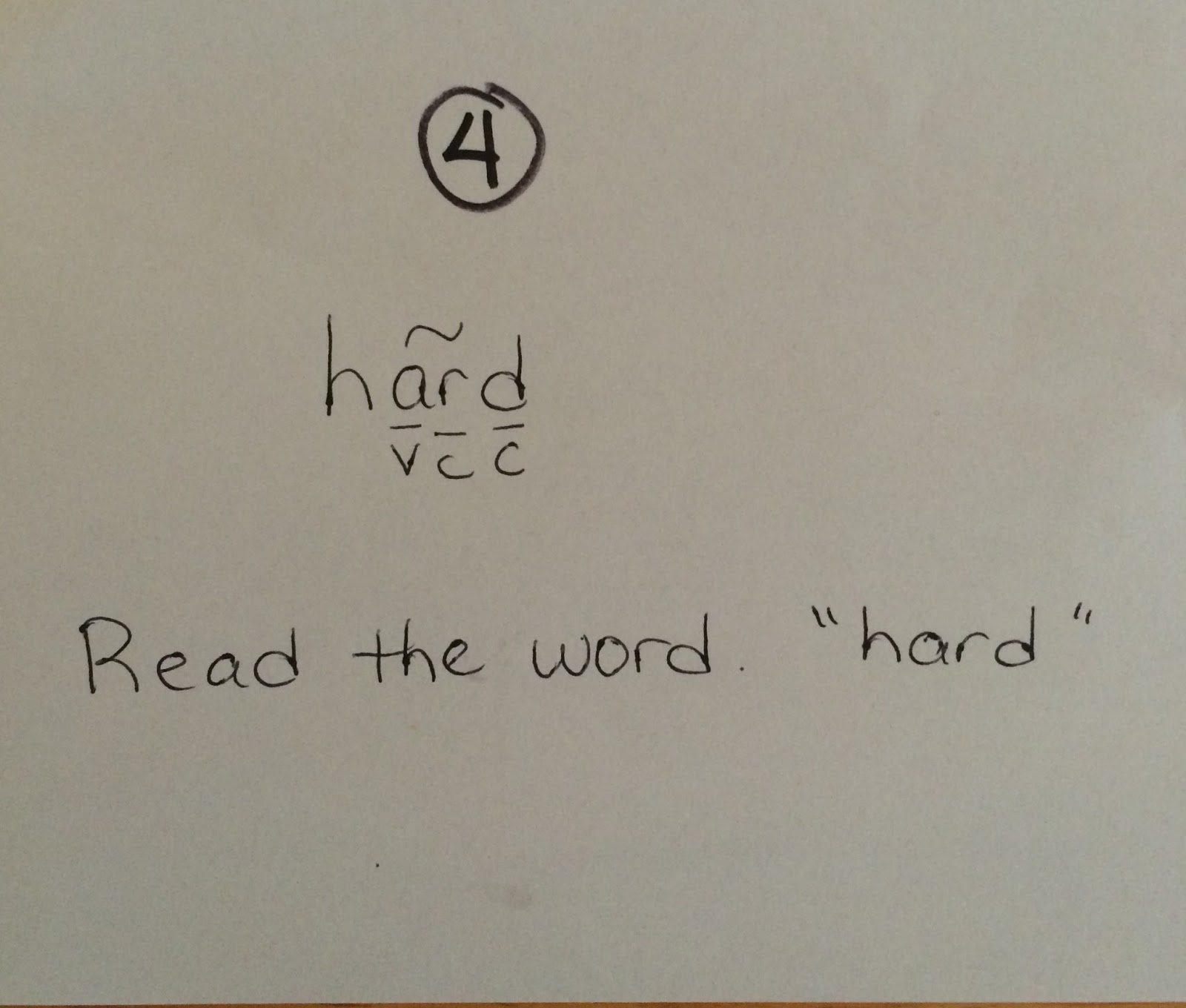



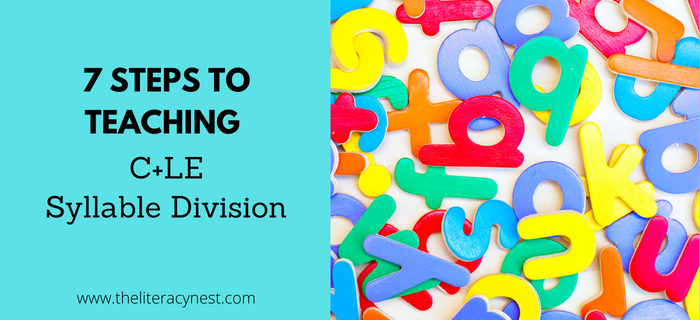
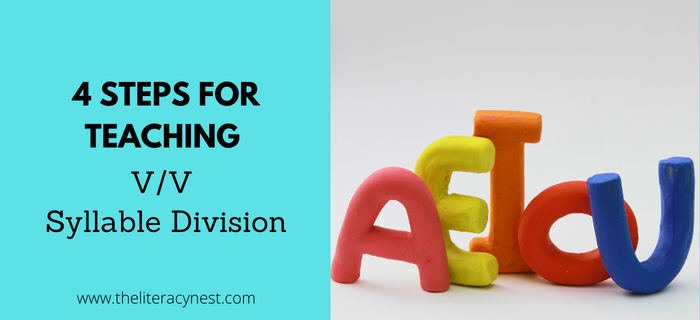
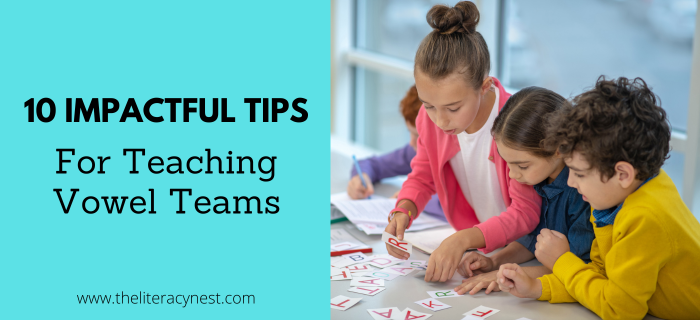
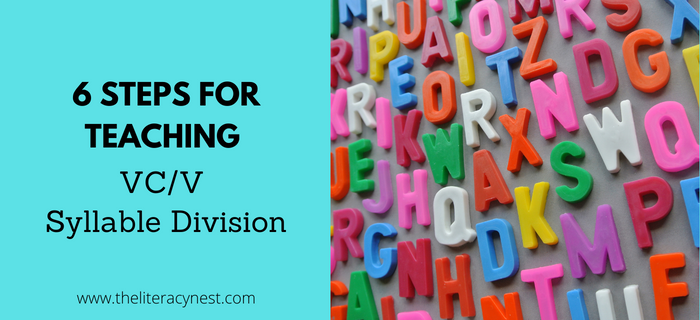


Syllables is something that I need to strengthen in my teaching…so I will be returning to these posts throughout the year. Thank you!
em
Did you publish a series on Syllable Division yet as you mentioned in this post?
I love how you teach the syllables. As a matter of fact, maybe we were twins separated at birth:) We teach them similarly at Readingtricks.com. We’re still a young company so we don’t have all the freebies yet, but we have videos (with a monthly subscription) that teach how to teach reading. I love your material:)
Thanks, Kathy! Great minds think alike. Best of luck!